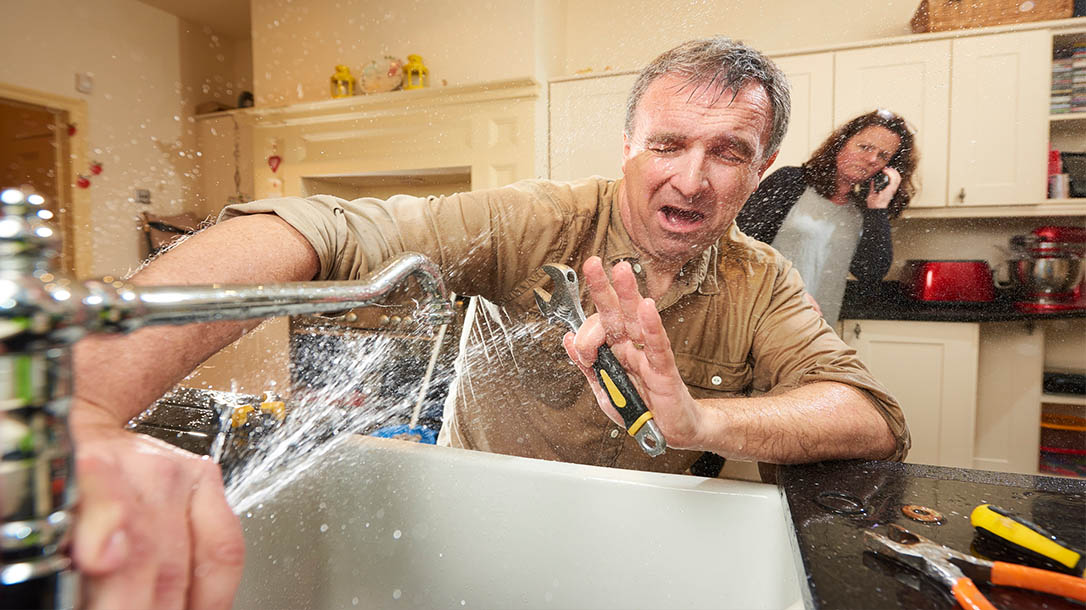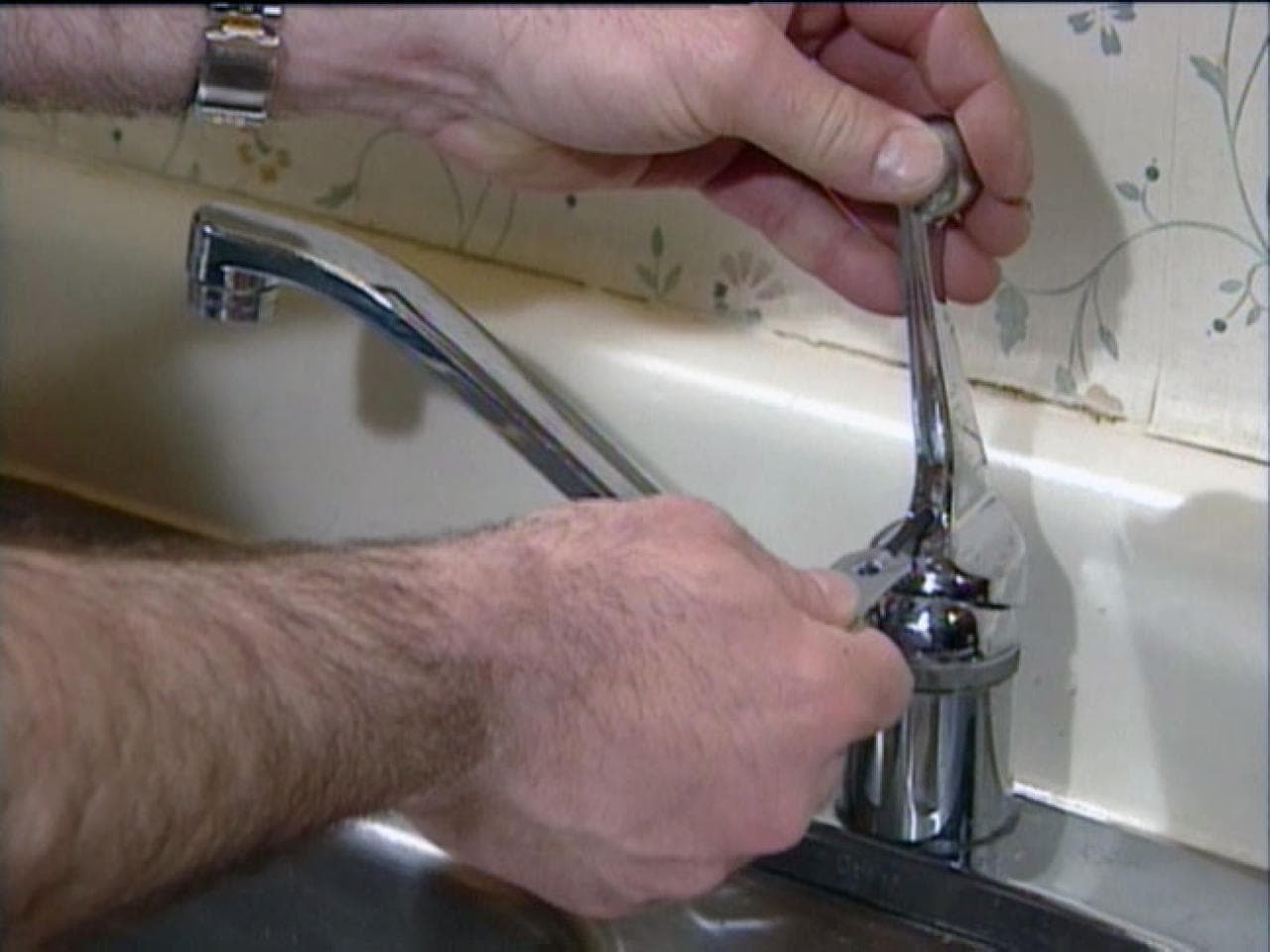Learning the Importance of Resolving a Dripping Faucet
Learning the Importance of Resolving a Dripping Faucet
Blog Article
They are making a few good annotation on the subject of Why It's Important to Fix Leaky Faucets in general in this great article directly below.

Trickling taps could seem like a minor hassle, however their effect exceeds just the annoyance of the sound. From wasting water to sustaining unneeded financial costs and health risks, disregarding a dripping faucet can lead to numerous effects. In this post, we'll explore why it's vital to resolve this usual home problem quickly and effectively.
Wastefulness of Water
Ecological Effect
Leaking taps add dramatically to water wastefulness. According to the Environmental Protection Agency (EPA), a single tap trickling at one drip per second can waste greater than 3,000 gallons of water per year. This not just strains water sources yet also impacts communities and wild animals dependent on them.
Step-by-Step Overview to Fixing a Dripping Faucet
Devices Called for
Before trying to fix a leaking faucet, collect the necessary tools, including a flexible wrench, screwdrivers, substitute parts (such as washers or cartridges), and plumber's tape.
Usual Faucet Issues and Their Solutions
Identify the kind of tap and the details concern causing the drip. Common troubles include worn-out washing machines, rusty shutoff seats, or damaged O-rings. Describe supplier guidelines or online tutorials for step-by-step assistance on repair work.
Financial Costs
Enhanced Water Bills
Past the ecological effect, trickling taps can pump up water bills substantially. The gathered wastefulness gradually equates into higher energy costs, which could have been stayed clear of with timely repairs.
Possible Property Damages
Additionally, prolonged trickling can result in harm to fixtures and surface areas surrounding the tap. Water build-up can create staining, deterioration, and even structural concerns if left unattended, causing additional fixing costs.
Health and wellness Problems
Mold and Mildew Development
The consistent presence of wetness from a dripping faucet produces an excellent environment for mold and mildew development. These fungis not just jeopardize indoor air high quality yet additionally posture health risks, particularly for individuals with respiratory conditions or allergies.
Waterborne Diseases
Stagnant water in dripping faucets can come to be a breeding place for microorganisms and various other pathogens, raising the threat of waterborne conditions. Pollutants such as Legionella bacteria thrive in stationary water, possibly resulting in significant diseases when consumed or inhaled.
DIY vs. Specialist Repair service
Benefits and drawbacks of DIY Repair
While some may try to fix a trickling tap themselves, do it yourself repair services come with their very own set of obstacles. Without proper expertise and devices, do it yourself efforts can worsen the problem or cause insufficient repair services, lengthening the issue.
Advantages of Employing an Expert Plumber
Employing a professional plumber makes certain that the underlying cause of the leaking tap is dealt with successfully. Plumbers possess the know-how and tools to detect and fix tap concerns efficiently, saving time and decreasing the threat of more damages.
Ecological Duty
Specific Payment to Preservation
Taking obligation for taking care of leaking faucets aligns with broader initiatives towards water conservation and environmental sustainability. Every person's actions collectively make a substantial effect on protecting valuable sources.
Lasting Living Practices
By prioritizing punctual repair services and adopting water-saving behaviors, people contribute to lasting living practices that profit both present and future generations.
Safety nets
Regular Upkeep Tips
To stop trickling taps, perform routine upkeep such as cleaning aerators, evaluating for leaks, and replacing damaged parts immediately. In addition, consider setting up water-saving tools or updating to much more effective components.
Importance of Prompt Repairs
Addressing dripping faucets as soon as they're observed protects against more water wastage and potential damage, ultimately saving both water and money over time.
Effect On Home Worth
Perception of Well-Maintained Residential Or Commercial Property
Preserving a building in good condition, consisting of resolving upkeep concerns like leaking faucets, enhances its perceived worth and charm among possible purchasers or renters.
Influence on Resale Worth
Qualities with well-kept plumbing fixtures, consisting of faucets, command greater resale values in the real estate market. Attending to dripping taps can contribute to a favorable perception throughout home inspections and negotiations.
Final thought
Resolving a trickling faucet exceeds plain convenience; it's a necessary action toward saving water, lowering financial expenses, and guarding health and home. Whether with DIY repair services or expert help, doing something about it to fix leaking faucets is a little yet impactful method to promote accountable stewardship of resources and contribute to a healthier, more lasting future.
How to Fix a Leaky Faucet: Step-by-Step Repair Guide
A leaky faucet may seem like a simple annoyance, but if it's not fixed promptly, that leak could cost hundreds to potentially thousands. From water damage to mold, mildew, and high water bills, even a tiny leak can be catastrophic if left unattended. Damage like this can even affect the overall value of your home, so it's important to take the right approach for leaky faucet repair. You may need the help of a plumber in some cases, but we've got a few tips you can try on how to fix a leaky faucet before calling the pros.
Four Faucet Types
When you're learning how to fix a leaky faucet, the first step is knowing what kind of faucet you're working with! There are four common types.
Cartridge Faucets
Cartridge faucets come in one- or two-handled varieties. In one-handled cartridge faucets, hot and cold water combines in a single cartridge. In the two-handled versions, hot and cold water are controlled separately and mixed in the faucet.
Ball Faucets
Ball faucets have a single lever you push up and down to adjust the pressure and rotate to change the temperature. A slotted metal ball controls the amount of water allowed into the spout.
Compression Washer Faucets
They're the oldest type of faucet, but they're still used in many homes — especially older ones. Compression faucets have two separate handles that, when turned, raise or lower the washer that seals a water valve. This valve stops water from flowing through the faucet when it is turned off.
Disc Faucets
Disc faucets rarely need to be repaired due to their maintenance-free design. The water flow is controlled by two discs — the upper one raises and lowers against a fixed lower disc, creating a watertight seal. If your disc faucet starts leaking, you may need to replace the seals or clean residue buildup from the inlets.
Fixing a Leaky Faucet
Step 1: Turn Off the Water
Whether you're learning how to fix a leaky bathtub faucet or how to fix a leaky kitchen faucet, always turn off the water supply to your working area when you're fixing a leak. The last thing you want is a flood added to your list of things to fix.
Look for the shutoff valves below your sink or around the tub and turn them clockwise to stop the water flow. If your faucet doesn't have shutoff valves, you may need to turn off the water for the whole house. Check to make sure it's off by turning the faucet on. If nothing comes out, you're ready to start the repair.
Step 2: Take Apart the Faucet
How you disassemble your faucet depends on the type of fixture you have. You can use a flathead screwdriver to remove the caps on top of the handle or handles for cartridge and compression faucets. Inside, you should see handle screws. Unscrew these with a screwdriver to remove the handle.
Disc- and ball-style faucets will typically have an inlet screw near the handle, and removing that will reveal the interior of the faucet.
Detach the Valve Stem
For cartridge- and compression-style faucets, you'll see the inner valve stem or cartridge once you remove the faucet handles. If you have a compression faucet, unscrew the brass valve stem. If you have a cartridge faucet, pull out the cartridge. If your cartridge has been in place for a while, it may require some tools or extra force to remove it due to mineral deposits.
Examine and Replace Parts
Once you've removed the parts, check them out to confirm what needs to be replaced. You may see corroded rubber washers, O-rings, stems, or cartridges. On a ball-style faucet, check the seats and springs for damage.
If you need to repair a leaky disc faucet, check the inlet and seals on the lower disc.
Once you determine what parts must be replaced, visit your local hardware store. Bring the damaged parts with you to ensure you can purchase the correct components to replace them.
Clean Valves and Faucet Cavity
If you've removed a stem or cartridge, you may notice mineral buildup in the faucet's threads. Use white vinegar to clean the valve seat by soaking it for a few minutes, then scrub it away with a soft toothbrush and rinse with warm water. You can also clean the interior of the faucet in the same way.
Reassemble the Faucet
Once your faucet is cleaned and the required parts have been replaced, it's time to reassemble it. Put the pieces back together and slowly turn the water supply back on. Doing this slowly is crucial because too much initial water pressure can damage the new hardware you've just installed.
https://homewarranty.firstam.com/blog/how-to-fix-leaky-faucet

We hope you enjoyed our excerpt about Why Are My Faucets Dripping (And Can I Fix It Myself)?. Thanks a ton for taking time to browse our posting. Make sure you take a moment to promote this blog post if you appreciated it. I thank you for your readership.
Report this page